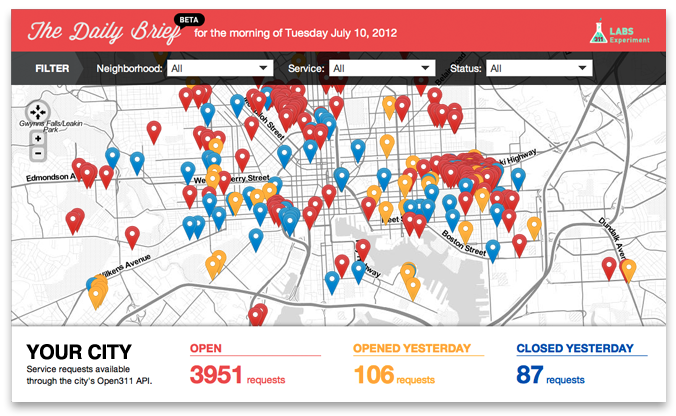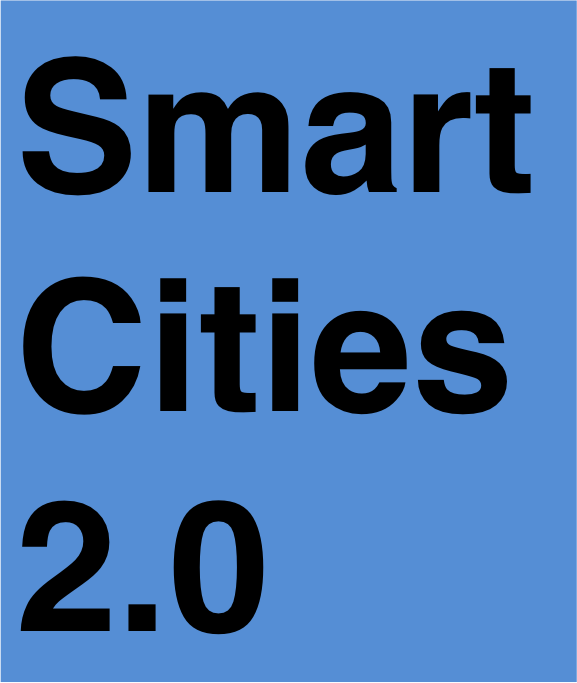Last year I attended a presentation of what it was supposed to be the new eGov strategy of a major Smart City. They presented to us the motivation, how much technology has changed from a web presence to multi-channel, multi-screen. How people now look at more than one screen at the same time – do you have friends working in marketing? Then you know it ! – how cities have to keep up with these developments …
Underlying the presentation was a message expressed in the form of a metaphor: Wouldn’t it be nice if all city services were available in your mobile? The whole city services in your smartphone! The city-hall in your pocket !
Metaphors are always compelling! Our abilities as a specie are dramatically skewed towards visual representations which makes visual metaphors extremely easy to grasp and capable of mobilizing our imagination. However, for this to happen they must be new, they should not be already incorporate into our lives. And, let me tell you, everybody was checking Facebook and twitter during this presentation …


